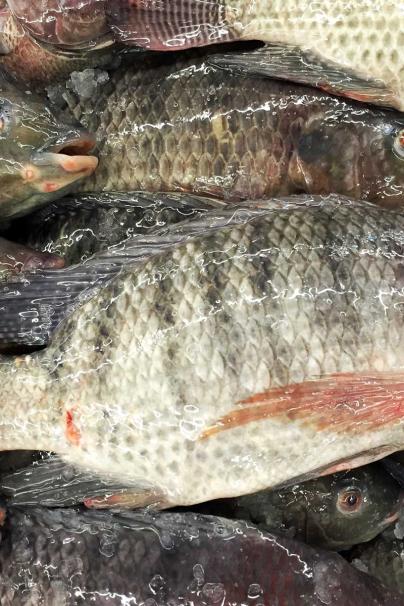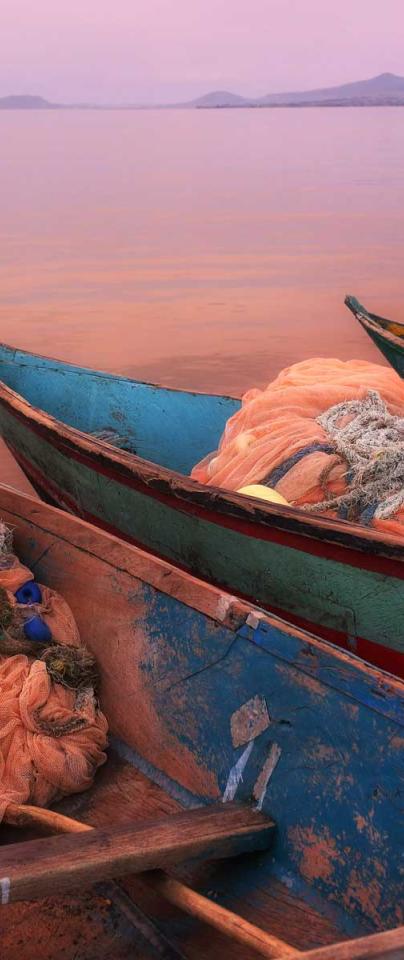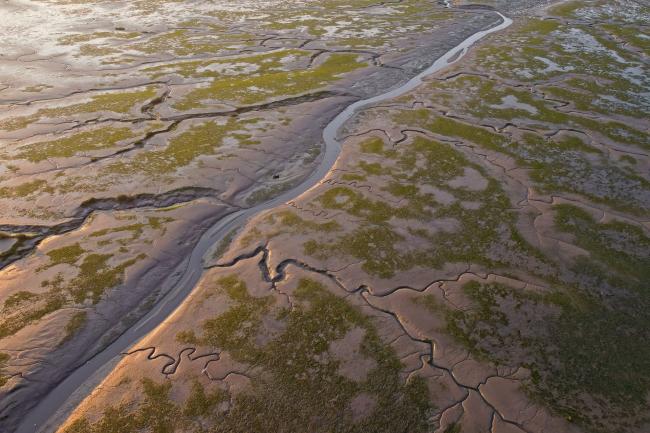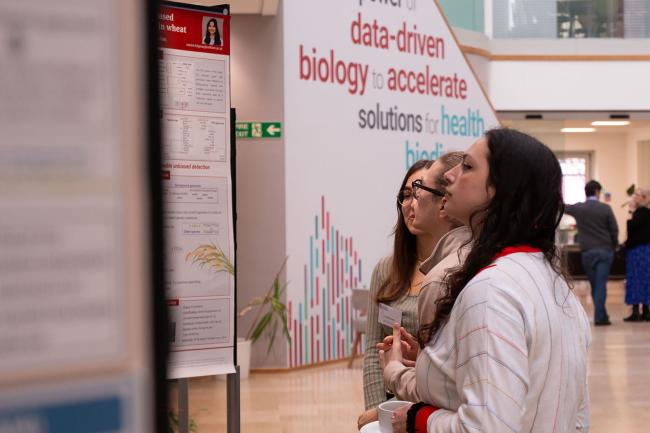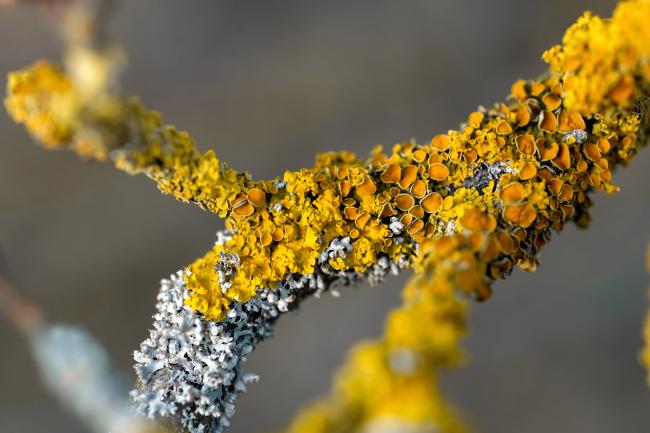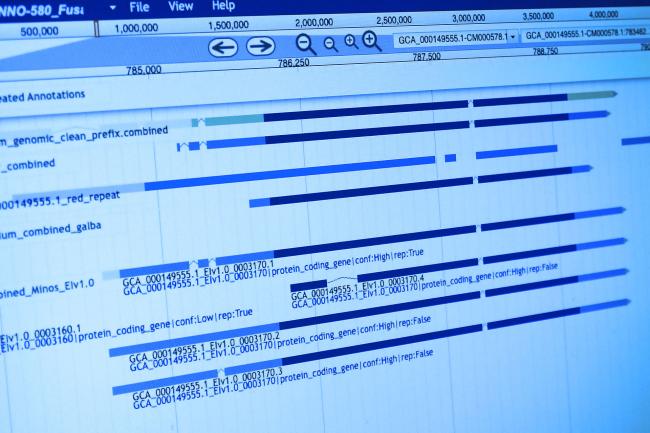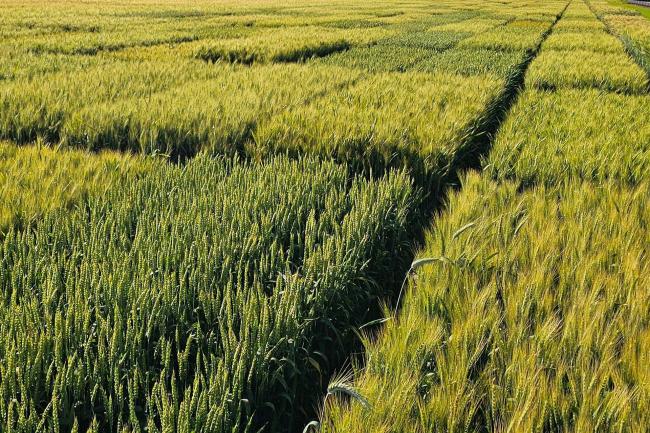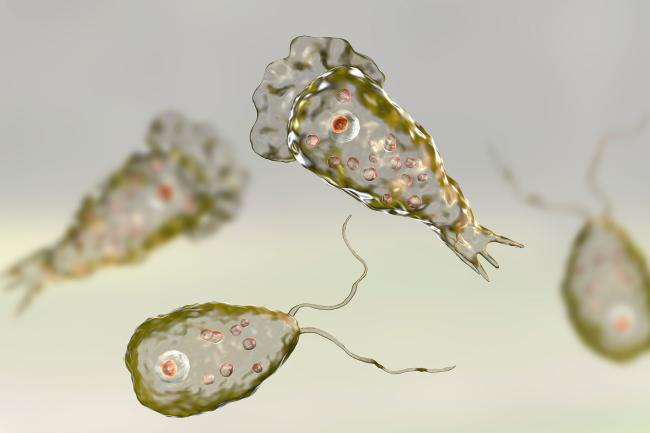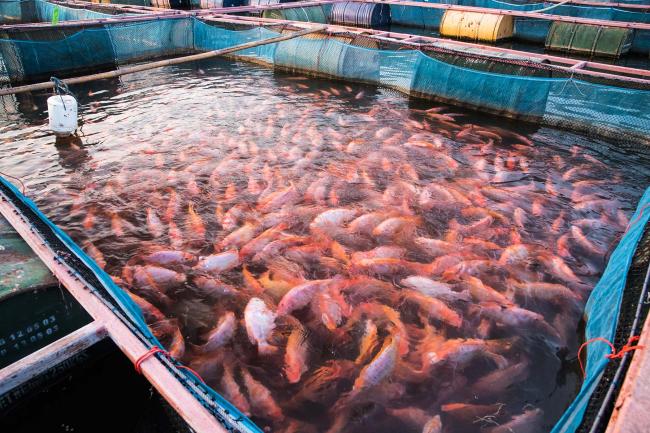The problem in certain places, like Tanzania, for example, is that - whereas in Egypt, Nigeria, or Southeast Asia - fish farmers are using breeds developed specifically for aquaculture. In Tanzania, we cannot be sure of what fish exactly are being farmed due to introductions and invasions of non-native fish.
This might not present a problem if it weren’t for the fact that Tanzania is home to some of the most wonderful natural fish biodiversity in the world. Tanzania hosts the waters of lake Tanganyika, lake Malawi and lake Victoria - not to mention other smaller bodies of water - all of which contain a staggering number of fishes, including a diversity of cichlid fish.
These cichlid fish are a wonder to evolutionary biologists, as, from only a few forms and independently in each of these different lakes, cichlid fish have spawned an incredible diversity of shapes, colours, sizes and adaptations to feeding and survival.
In a relatively short period of evolutionary history, the African great lakes have churned out thousands of cichlid species. Incredibly, these fish show a large degree of evolutionary parallelisms - where they seem to have developed similar features to fit similar niches while evolving down a completely separated ecological path.
Due to their sheer diversity, this opens up a wonderful resource to study cichlid genomes and their inherent plasticity, which, appears to have supported the formation of an overwhelming number of species that have adapted to so many different environments.
Thus, we simply don’t want non-native cichlid species breeding and mixing with the native diverse forms. Firstly, we’d be losing species endemic to specific lakes, secondly, we’d be diluting natural characteristics of interest (like fast growth and specific feeding patterns), and thirdly, we’d be missing out on some amazing science!
